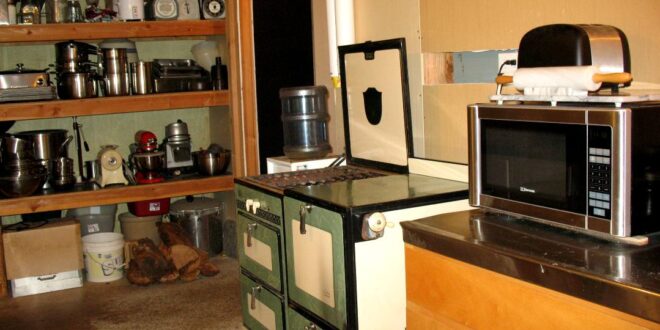Pantry Perfection: Designing the Ultimate Canning Storage Kitchen for Preserving and Preparing
Imagine a kitchen where freshly canned goods sit proudly on shelves, a vibrant testament to summer’s bounty preserved for the colder months. Picture a space that seamlessly blends the art of canning with modern kitchen design, creating a harmonious and functional hub for all your culinary adventures. This isn’t just a dream; it’s the reality you can achieve with a well-planned canning storage kitchen. This comprehensive guide will delve into the intricacies of designing such a space, exploring every aspect from initial planning to final flourishes. We’ll cover everything from pantry organization ideas to the best materials to use, ensuring your kitchen is not only beautiful but also a haven for preserving and preparing delicious, homemade food. Let’s dive in!
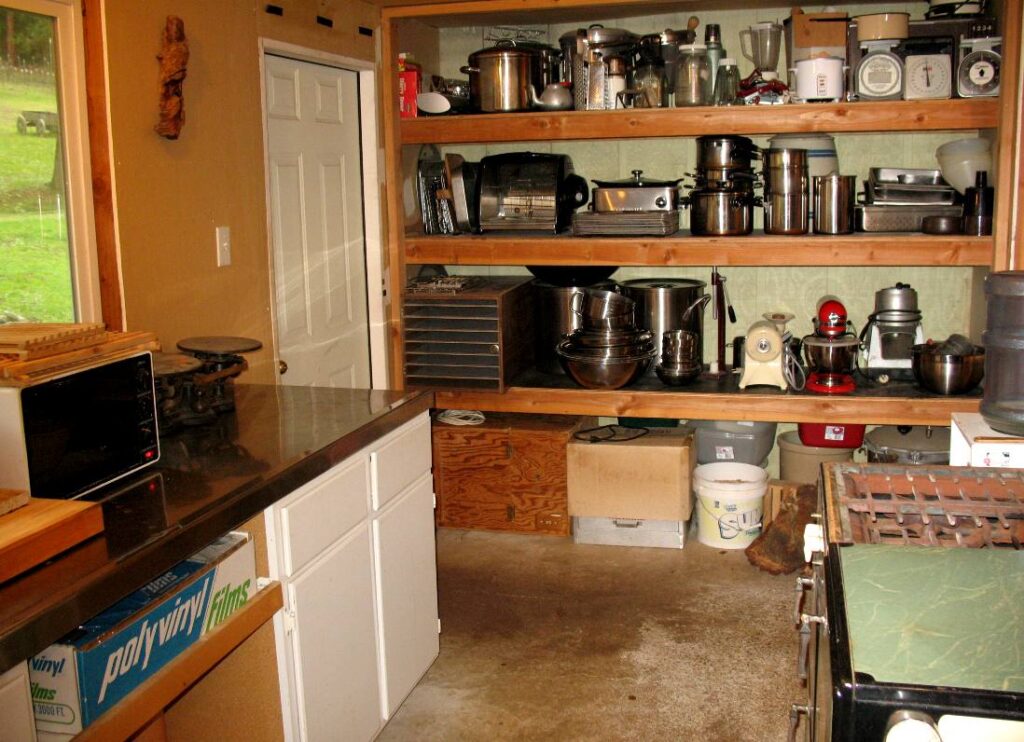
Why a Dedicated Canning Storage Kitchen Matters
Before we get into the nitty-gritty of design, let’s explore why a dedicated canning storage kitchen is such a valuable investment. Canning, the process of preserving food in jars, is a rewarding way to enjoy seasonal produce year-round. However, it can also be a messy and space-consuming endeavor if not properly organized. A dedicated canning kitchen provides several key benefits:
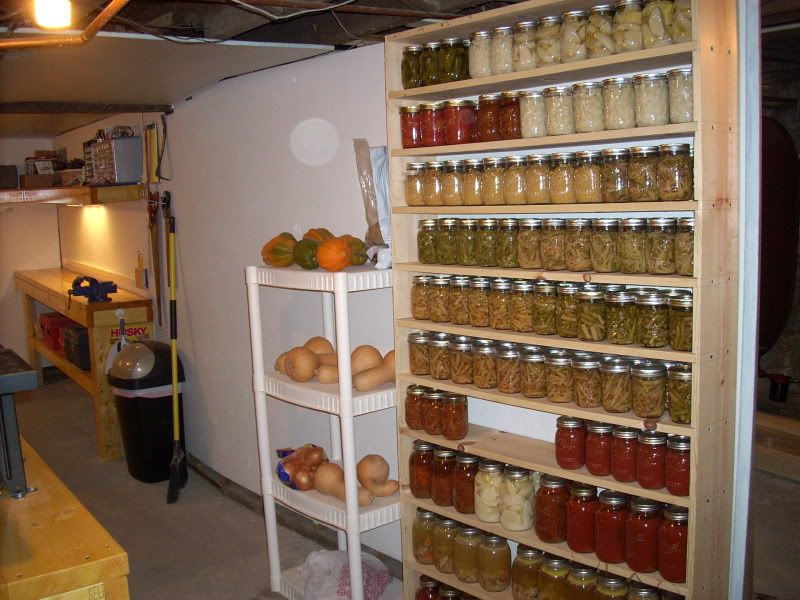
- Organization: Dedicated shelving, drawers, and cabinets allow you to neatly store your canning equipment, jars, lids, rings, and of course, the finished canned goods themselves. No more rummaging through cluttered cupboards to find what you need!
- Efficiency: Having all your canning supplies in one place streamlines the entire process. You’ll spend less time searching for tools and more time actually canning.
- Safety: Canning involves hot liquids and heavy pots. A well-designed space minimizes the risk of accidents by providing ample counter space and a designated area for cooling jars.
- Preservation: Proper storage is crucial for the longevity of your canned goods. A cool, dark, and dry pantry helps prevent spoilage and ensures your preserves remain delicious for months to come.
- Aesthetics: A well-designed canning kitchen is not just functional; it’s also beautiful. It can be a source of pride and inspiration, encouraging you to embrace the art of preserving and creating delicious homemade food.
Planning Your Canning Storage Kitchen: Key Considerations
Now that we’ve established the importance of a dedicated canning kitchen, let’s move on to the planning stage. This is where you’ll need to consider your specific needs, space limitations, and design preferences. Here are some key factors to keep in mind:
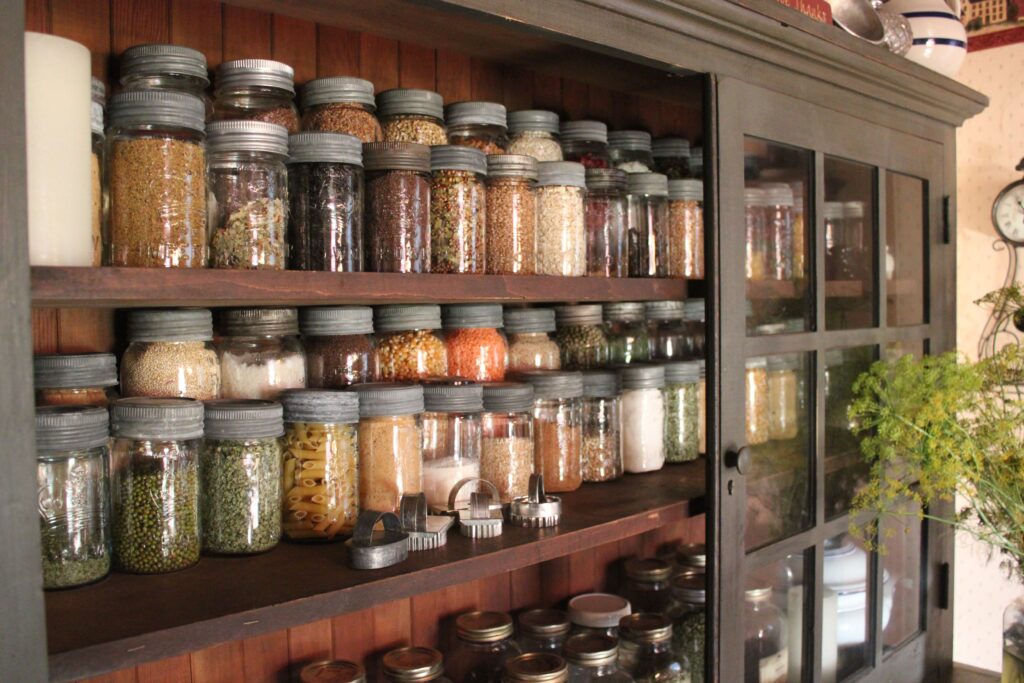
Space Assessment: How Much Room Do You Really Need?
The first step is to assess the available space. Do you have a spare room that can be converted into a dedicated canning kitchen? Or will you need to incorporate your canning storage into your existing kitchen layout? Consider the following:
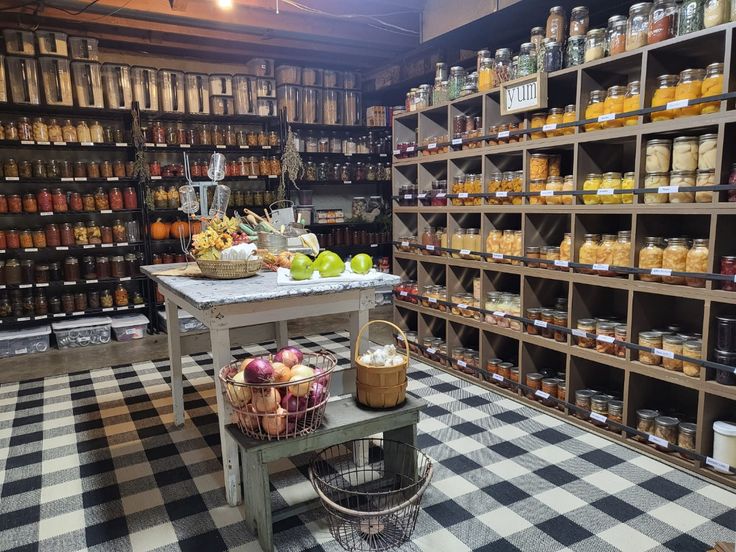
- Counter Space: Canning requires ample counter space for preparing ingredients, filling jars, and cooling finished products. Aim for at least six to eight feet of uninterrupted counter space.
- Storage Space: Estimate the amount of storage space you’ll need based on the quantity of food you plan to can and the size of your existing jar collection. Think vertically and horizontally; shelves reaching to the ceiling can maximize vertical space, while pull-out drawers can optimize horizontal space.
- Appliance Placement: Consider the placement of essential appliances such as your stove, sink, and refrigerator. Ideally, these should be within easy reach of your canning workspace. Also, think about where you’ll store larger canning equipment like water bath canners or pressure canners.
- Traffic Flow: Ensure that your canning kitchen is designed in a way that allows for smooth traffic flow, especially when you’re handling hot jars and liquids.
Determining Your Canning Volume and Needs
How often do you plan to can, and how much food do you typically preserve each year? This will help you determine the amount of storage space and equipment you’ll need. Are you a casual canner who only preserves a few jars of jam each summer, or are you a serious preserver who cans hundreds of jars of fruits, vegetables, and sauces?
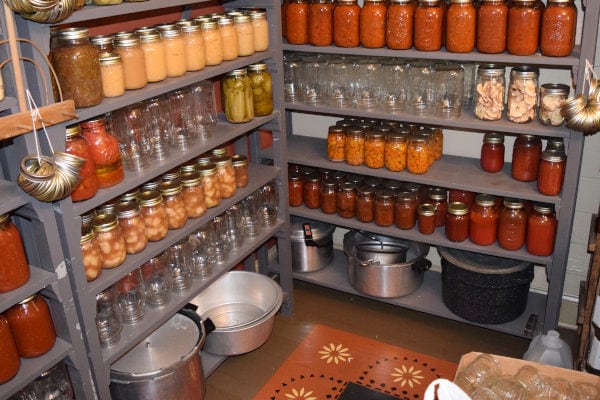
Consider the following when estimating your canning volume:
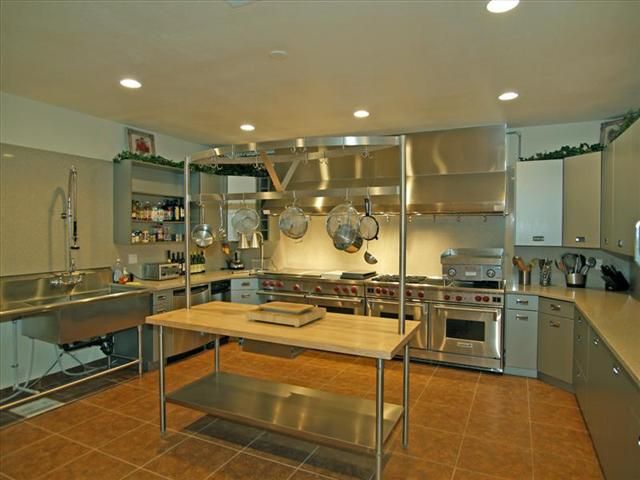
- Types of Food: What types of food do you plan to can? Different foods require different equipment and storage conditions.
- Family Size: How many people are you feeding? This will influence the quantity of food you need to preserve.
- Growing Season: How long is your growing season? A longer growing season means more opportunities for canning.
- Budget: Your budget will influence the types of equipment and materials you can afford. Don’t forget to budget for unforeseen expenses!
Layout Options: From Walk-in Pantries to Clever Cabinetry
Once you’ve assessed your space and needs, it’s time to consider different layout options. Here are a few popular choices:
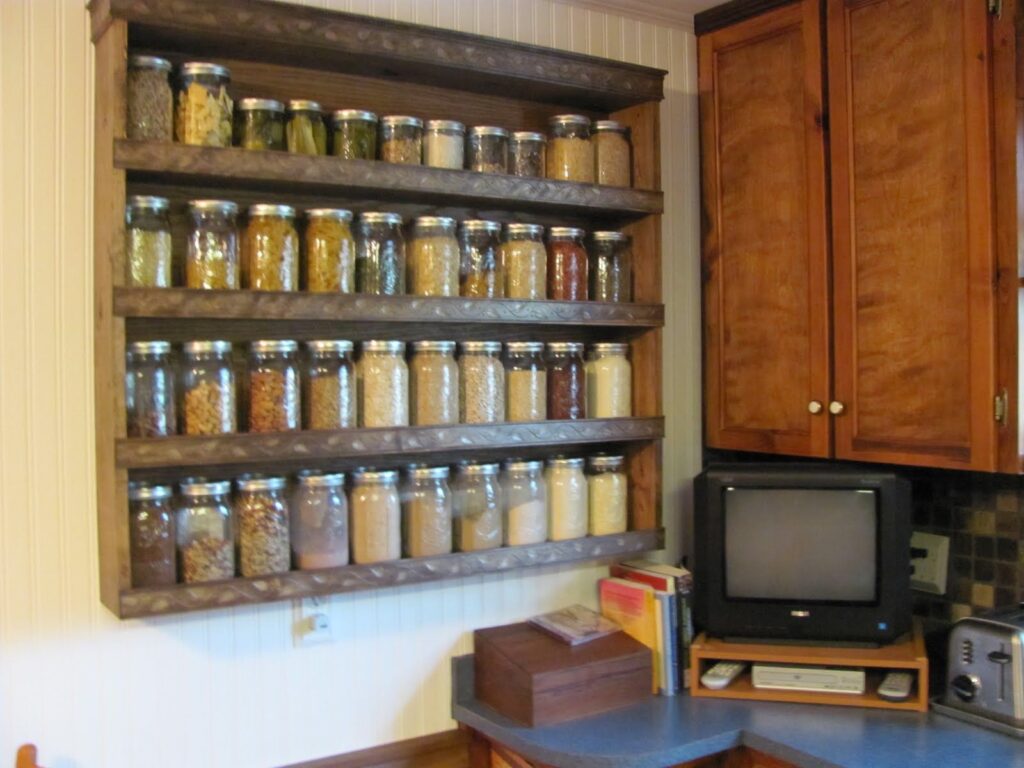
- Walk-in Pantry: A walk-in pantry is the ideal solution for serious canners. It provides ample storage space for jars, equipment, and canned goods. Consider adding adjustable shelving, pull-out drawers, and even a small countertop for prepping ingredients.
- Butler’s Pantry: A butler’s pantry is a smaller version of a walk-in pantry, typically located between the kitchen and dining room. It can be a great option for storing canned goods and other pantry staples.
- Custom Cabinetry: If you don’t have space for a dedicated pantry, custom cabinetry can be a great way to maximize storage in your existing kitchen. Consider adding tall, narrow cabinets with adjustable shelving to store jars and canned goods.
- Rolling Carts: For smaller kitchens or those on a budget, rolling carts can provide flexible storage options. They can be easily moved around as needed and stored out of the way when not in use.
- Open Shelving: Open shelving can be a stylish way to display your canned goods. However, it’s important to keep your shelves organized and dust-free to maintain a clean and appealing look.
Designing Your Canning Storage: Optimizing for Functionality and Aesthetics
Now that you have a plan in place, it’s time to focus on the design details. Here are some tips for creating a canning storage kitchen that is both functional and aesthetically pleasing:
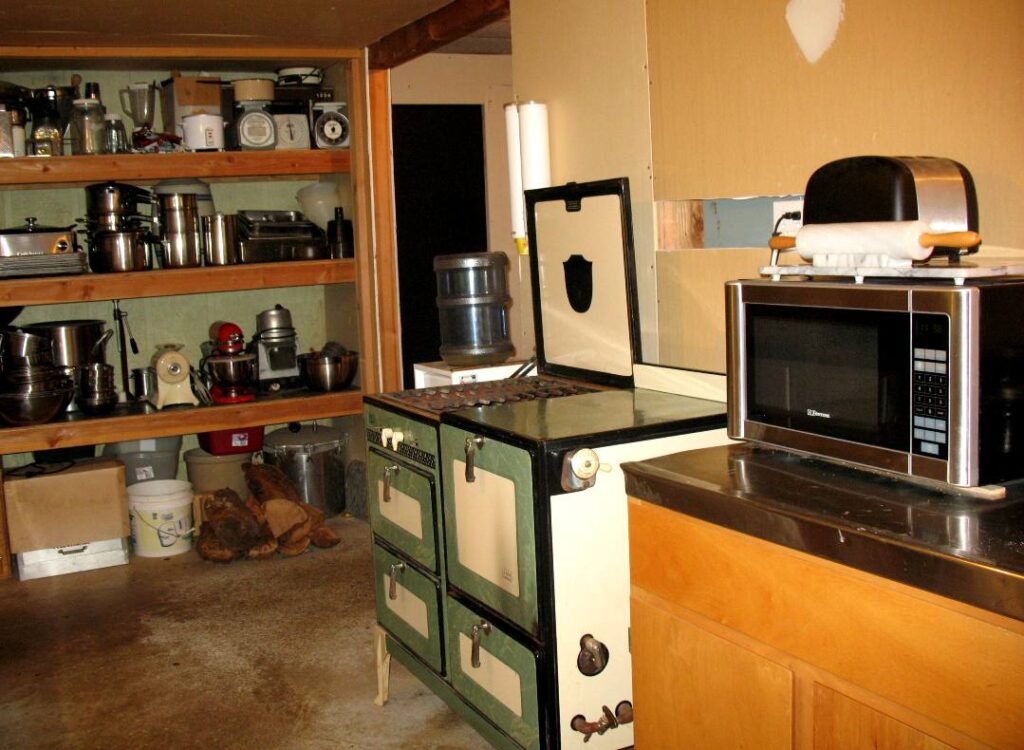
Shelving Solutions: Adjustable, Durable, and Accessible
Shelving is the backbone of any canning storage system. Choose shelves that are adjustable, durable, and accessible.
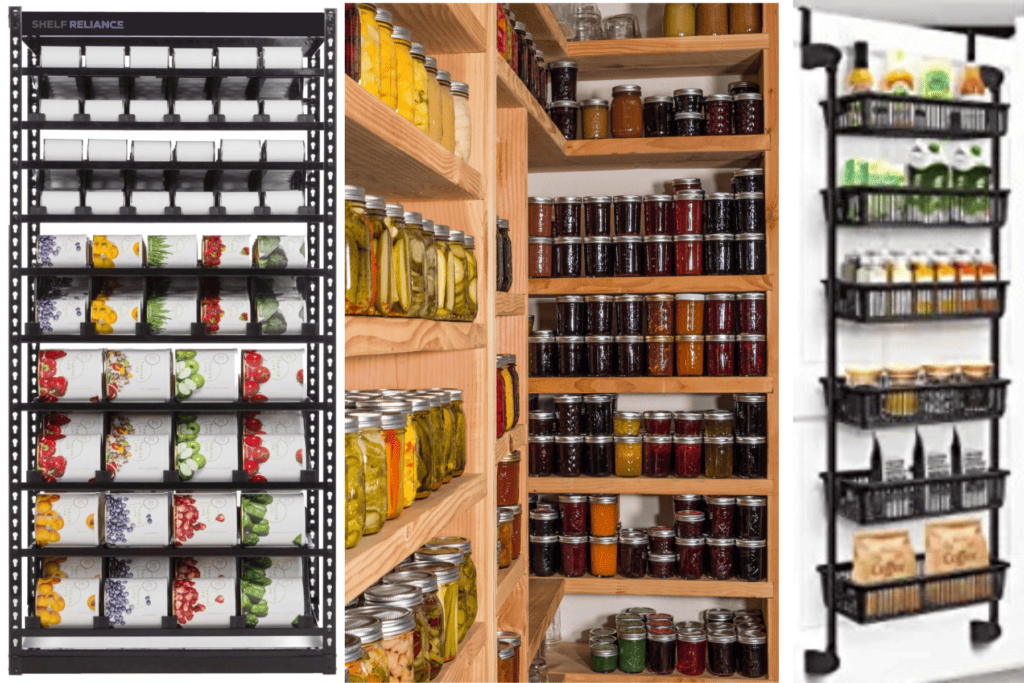
- Adjustable Shelving: Adjustable shelving allows you to customize the height of your shelves to accommodate different sizes of jars and equipment. This is especially important if you plan to can a variety of foods.
- Durable Materials: Choose shelving materials that can withstand the weight of filled jars. Solid wood, plywood, and metal are all good options. Avoid particleboard, which can sag under heavy loads.
- Accessible Design: Ensure that your shelves are easily accessible. Avoid placing shelves too high or too low. Consider adding pull-out shelves or drawers for items that are difficult to reach.
Lighting: Illuminating Your Canning Process and Storage
Proper lighting is essential for both canning and storage. Good lighting makes it easier to see what you’re doing when you’re canning, and it helps you to locate items in your pantry.
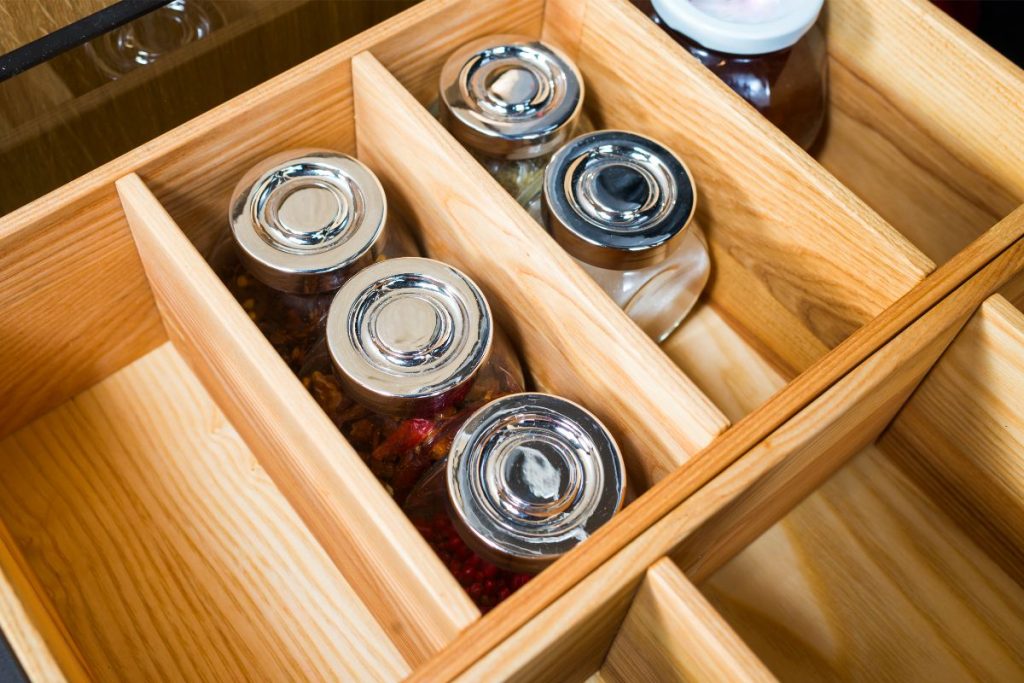
- Task Lighting: Install task lighting under cabinets or above your canning workspace to provide focused illumination.
- Ambient Lighting: Add ambient lighting to create a warm and inviting atmosphere. Recessed lighting, pendant lights, and chandeliers are all good options.
- Natural Light: If possible, incorporate natural light into your canning kitchen. Natural light is not only aesthetically pleasing, but it can also help to reduce energy consumption.
Countertops: Choosing Durable and Easy-to-Clean Surfaces
Countertops are another important consideration for your canning kitchen. Choose countertops that are durable, easy to clean, and heat-resistant.
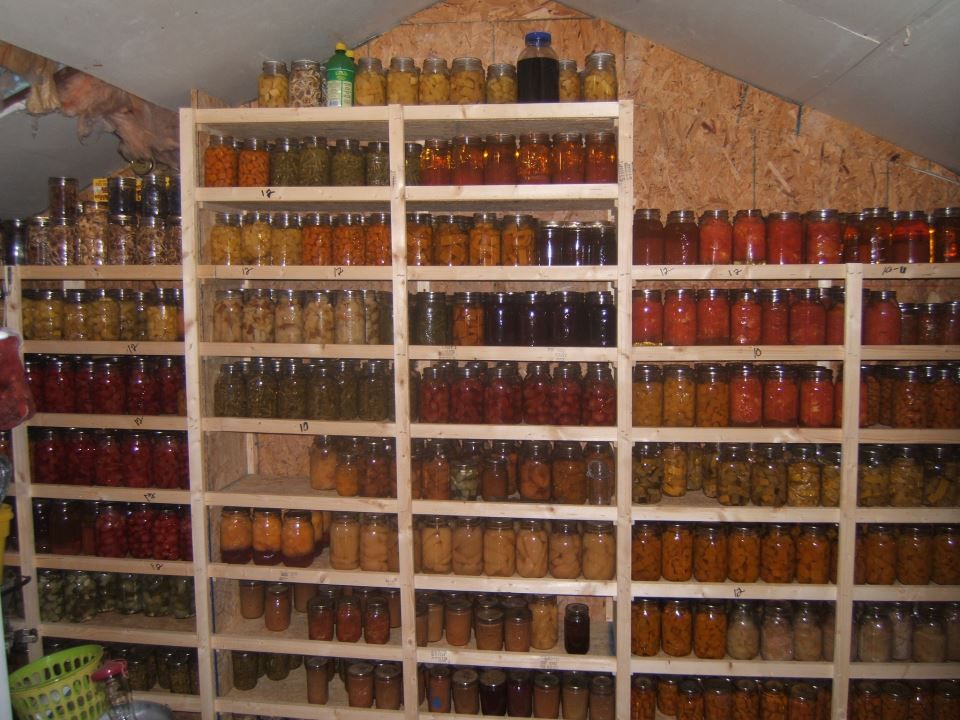
- Quartz: Quartz is a popular choice for countertops because it is durable, stain-resistant, and easy to clean.
- Granite: Granite is another durable and heat-resistant option. However, it can be more porous than quartz and may require sealing to prevent staining.
- Stainless Steel: Stainless steel is a hygienic and heat-resistant option that is often used in commercial kitchens.
- Butcher Block: Butcher block countertops are a warm and inviting option that is ideal for preparing food. However, they require regular maintenance to prevent staining and warping.
Flooring: Selecting Materials That Can Withstand Spills and Splatters
The flooring in your canning kitchen should be durable, water-resistant, and easy to clean.
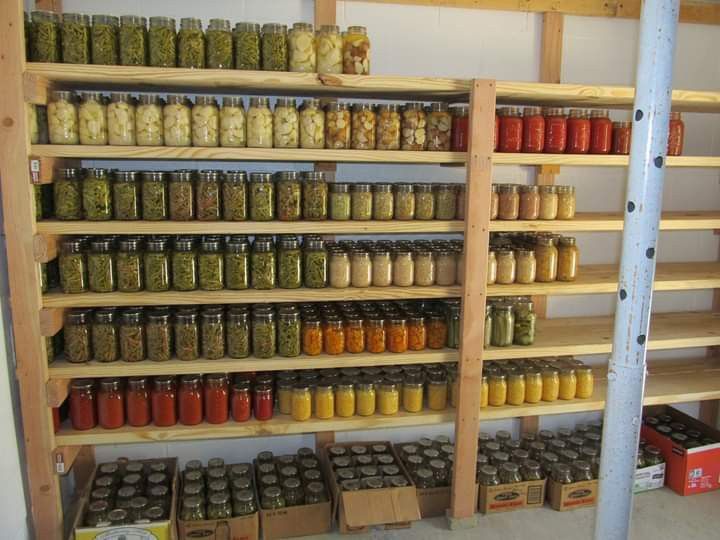
- Tile: Tile is a popular choice for kitchen flooring because it is durable, water-resistant, and easy to clean.
- Vinyl: Vinyl flooring is another durable and water-resistant option that is available in a wide range of styles and colors.
- Concrete: Concrete flooring is a durable and stylish option that can be stained or sealed to create a unique look.
Ventilation: Keeping Your Canning Kitchen Cool and Fresh
Canning can generate a lot of heat and humidity. Proper ventilation is essential for keeping your canning kitchen cool and fresh.
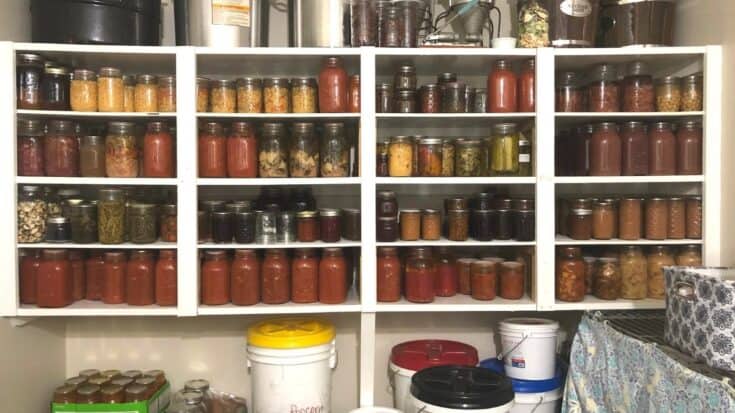
- Exhaust Fan: Install an exhaust fan above your stove to remove heat, humidity, and odors.
- Window: If possible, incorporate a window into your canning kitchen to provide natural ventilation.
- Air Conditioning: Consider adding air conditioning to your canning kitchen to keep it cool during the summer months.
Organization Systems: Jars, Lids, Rings, and Beyond
Organization is key to a functional canning kitchen. Invest in organization systems that will help you keep your jars, lids, rings, and other canning supplies neatly organized.
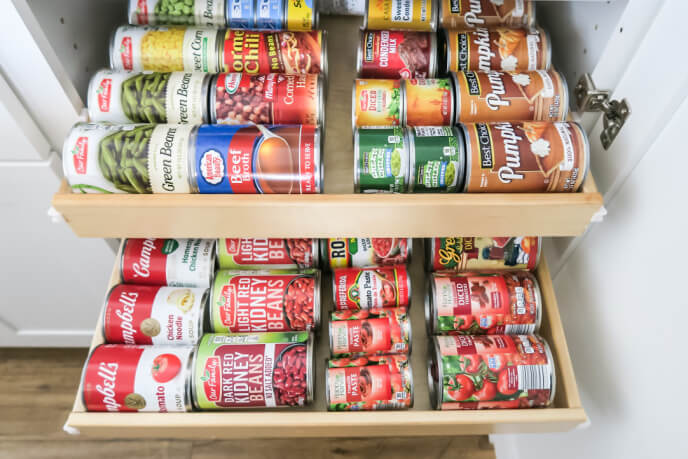
- Jar Organizers: Use jar organizers to keep your jars neatly stacked and prevent them from rolling around.
- Lid Organizers: Use lid organizers to keep your lids and rings together and prevent them from getting lost.
- Labeling Systems: Label all of your canned goods with the date, contents, and any other relevant information.
- Spice Racks: Use spice racks to organize your herbs and spices.
Essential Canning Equipment: A Checklist for Success
No canning kitchen is complete without the right equipment. Here’s a checklist of essential canning tools and supplies:
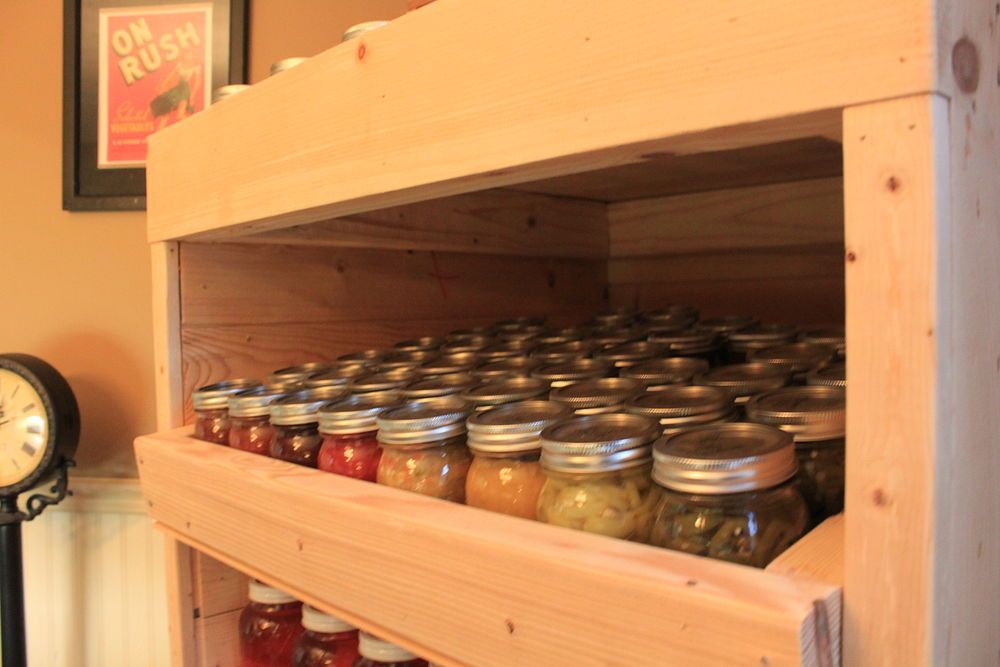
- Water Bath Canner: A water bath canner is used for processing high-acid foods such as fruits, jams, and jellies.
- Pressure Canner: A pressure canner is used for processing low-acid foods such as vegetables, meats, and soups.
- Canning Jars: Canning jars are available in a variety of sizes and shapes. Choose jars that are appropriate for the type of food you are canning.
- Lids and Rings: Canning lids and rings are essential for creating a tight seal on your jars.
- Jar Lifter: A jar lifter is used to safely remove hot jars from the canner.
- Funnel: A funnel is used to fill jars without spilling.
- Bubble Freer/Headspace Tool: A bubble freer/headspace tool is used to remove air bubbles from jars and measure the headspace.
- Ladle: A ladle is used to transfer hot food into jars.
- Kitchen Scale: A kitchen scale is used to measure ingredients accurately.
- Thermometer: A thermometer is used to monitor the temperature of your food.
Decorating Your Canning Storage Kitchen: Adding Personal Touches
Once you’ve designed your canning kitchen, it’s time to add personal touches that reflect your style. Here are some ideas:
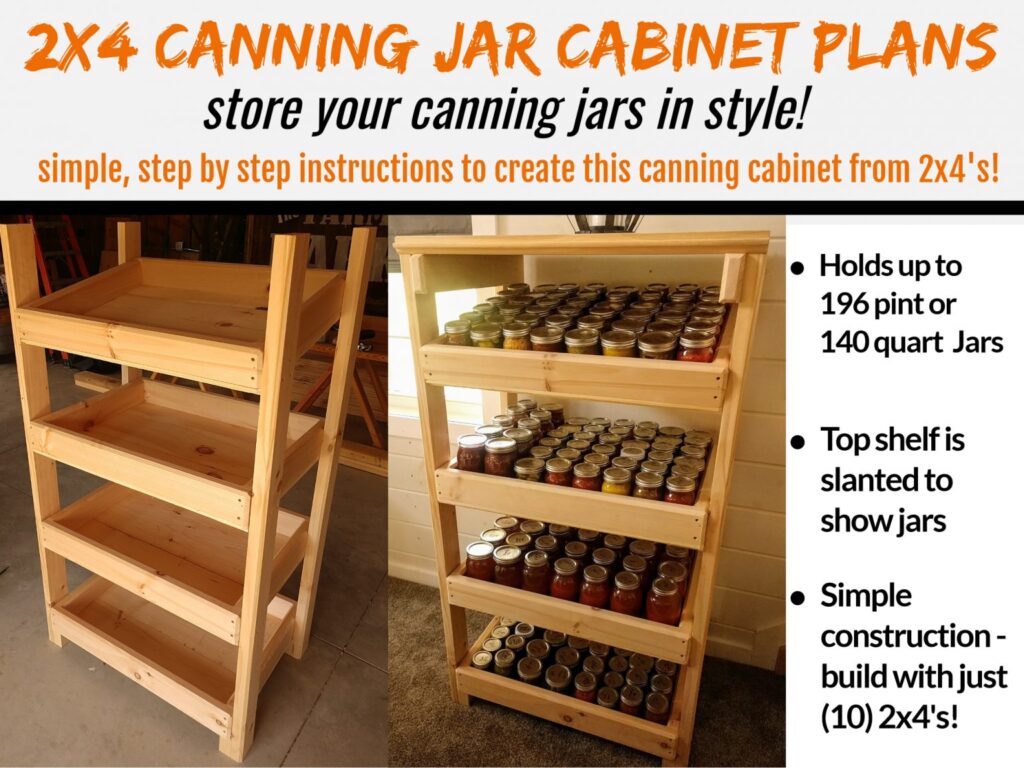
- Color Palette: Choose a color palette that is both aesthetically pleasing and functional. Light colors can make a small space feel larger, while darker colors can create a more intimate atmosphere.
- Artwork: Hang artwork that celebrates the art of preserving.
- Vintage Touches: Incorporate vintage canning jars, labels, and other antique items into your decor.
- Personalized Touches: Add personalized touches that reflect your personality and style.
Maintaining Your Canning Storage Kitchen: Keeping It Clean and Organized
Once you’ve created your dream canning storage kitchen, it’s important to keep it clean and organized.
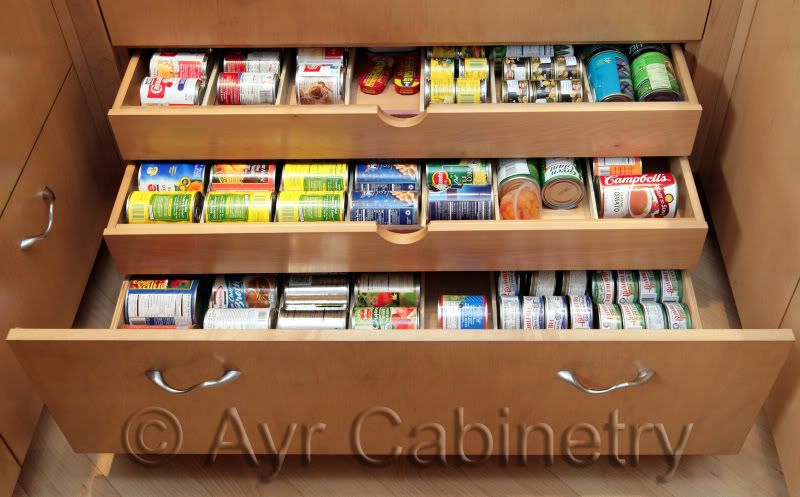
- Regular Cleaning: Clean your canning kitchen regularly to prevent the buildup of dirt and grime.
- Pest Control: Take steps to prevent pests from infesting your canning kitchen.
- Inventory Management: Keep track of your canned goods and rotate them regularly to ensure that you’re using the oldest items first.
Canning Storage Kitchen Design Ideas: Inspiration for Your Project
Need some inspiration? Here are some canning storage kitchen design ideas to get you started:
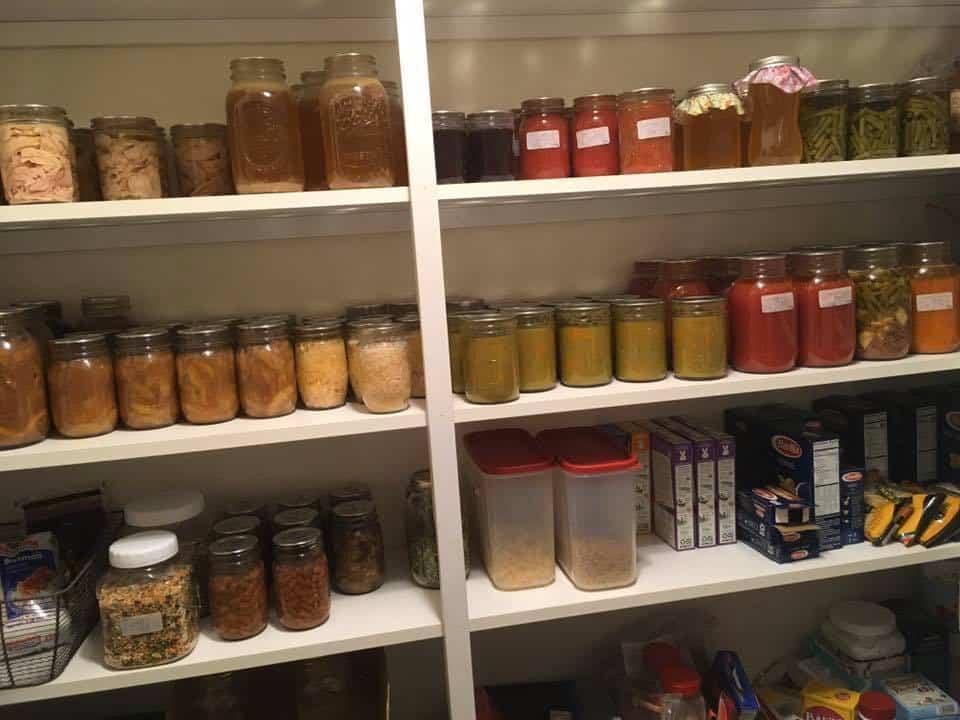
- Farmhouse Chic: Create a canning kitchen with a farmhouse chic aesthetic by using reclaimed wood, vintage jars, and rustic accents.
- Modern Minimalist: Design a modern minimalist canning kitchen with clean lines, sleek surfaces, and a neutral color palette.
- Colorful and Eclectic: Create a colorful and eclectic canning kitchen by using a variety of vibrant colors, patterns, and textures.
- Compact and Efficient: Design a compact and efficient canning kitchen by maximizing storage space and using multi-functional appliances.
Canning Safety Tips: Ensuring a Safe and Successful Canning Experience
Canning is a safe and rewarding way to preserve food, but it’s important to follow proper safety guidelines to prevent foodborne illness.
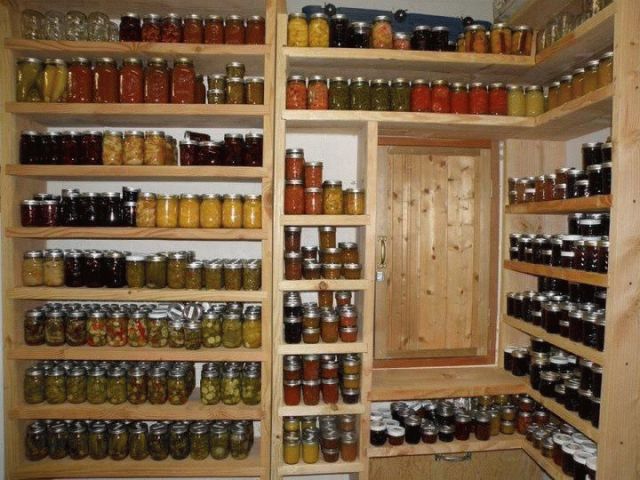
- Use Properly Tested Recipes: Always use recipes from reputable sources, such as the USDA Complete Guide to Home Canning.
- Follow Instructions Carefully: Follow the recipe instructions carefully, paying close attention to processing times and headspace requirements.
- Use the Right Equipment: Use the right equipment for the type of food you are canning.
- Maintain Proper Hygiene: Wash your hands thoroughly before canning and keep your canning equipment clean.
- Check for Seals: After processing, check to make sure that your jars have sealed properly.
Canning Recipes to Get You Started: From Jams to Pickles
Ready to start canning? Here are a few simple canning recipes to get you started:
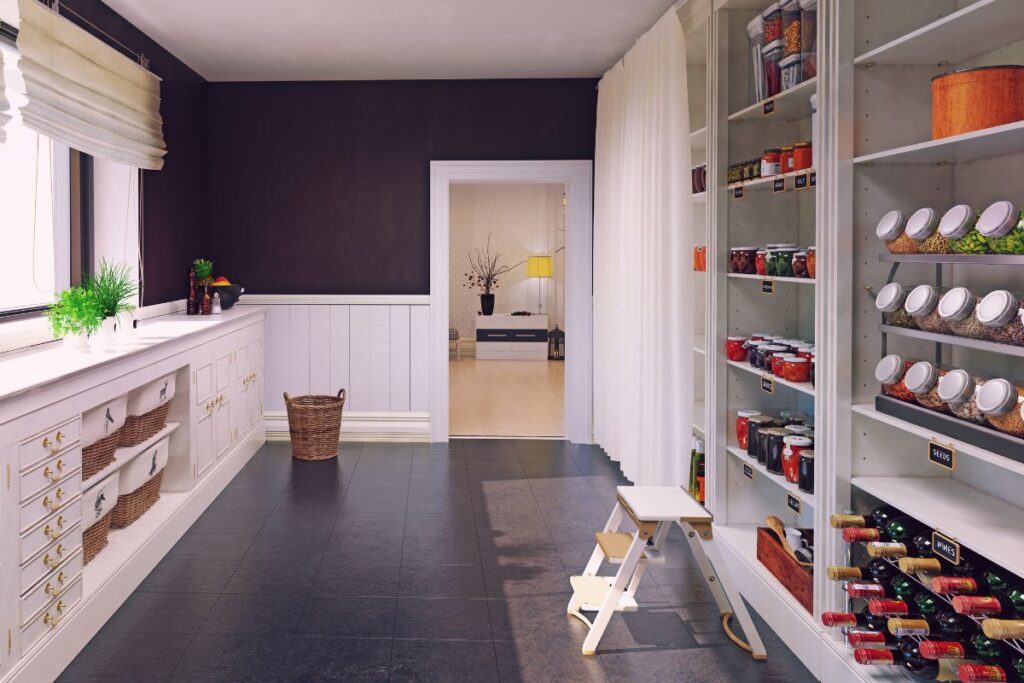
- Strawberry Jam: A classic canning recipe that is perfect for spreading on toast or biscuits.
- Pickled Cucumbers: A tangy and refreshing side dish that is perfect for summer picnics.
- Tomato Sauce: A versatile sauce that can be used in a variety of dishes.
- Apple Butter: A sweet and spicy spread that is perfect for fall.
Conclusion: Creating a Canning Haven in Your Kitchen
Designing a canning storage kitchen is an investment in your culinary future. By carefully planning your space, choosing the right equipment and materials, and following proper safety guidelines, you can create a functional and beautiful space that will allow you to enjoy the art of preserving for years to come. From organizing your jars to perfecting your favorite recipes, your canning kitchen will become the heart of your home, a place where memories are made and flavors are savored. So, embrace the journey, get creative, and design a canning haven that reflects your passion for preserving and preparing delicious, homemade food. Happy Canning!
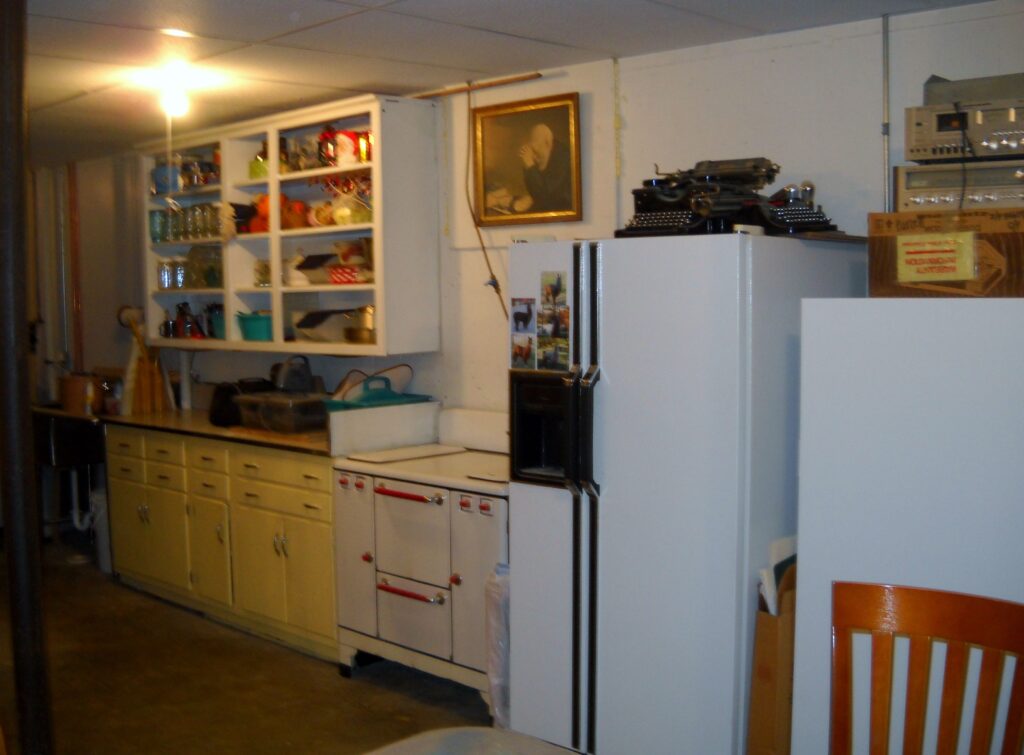
 Nimila
Nimila
